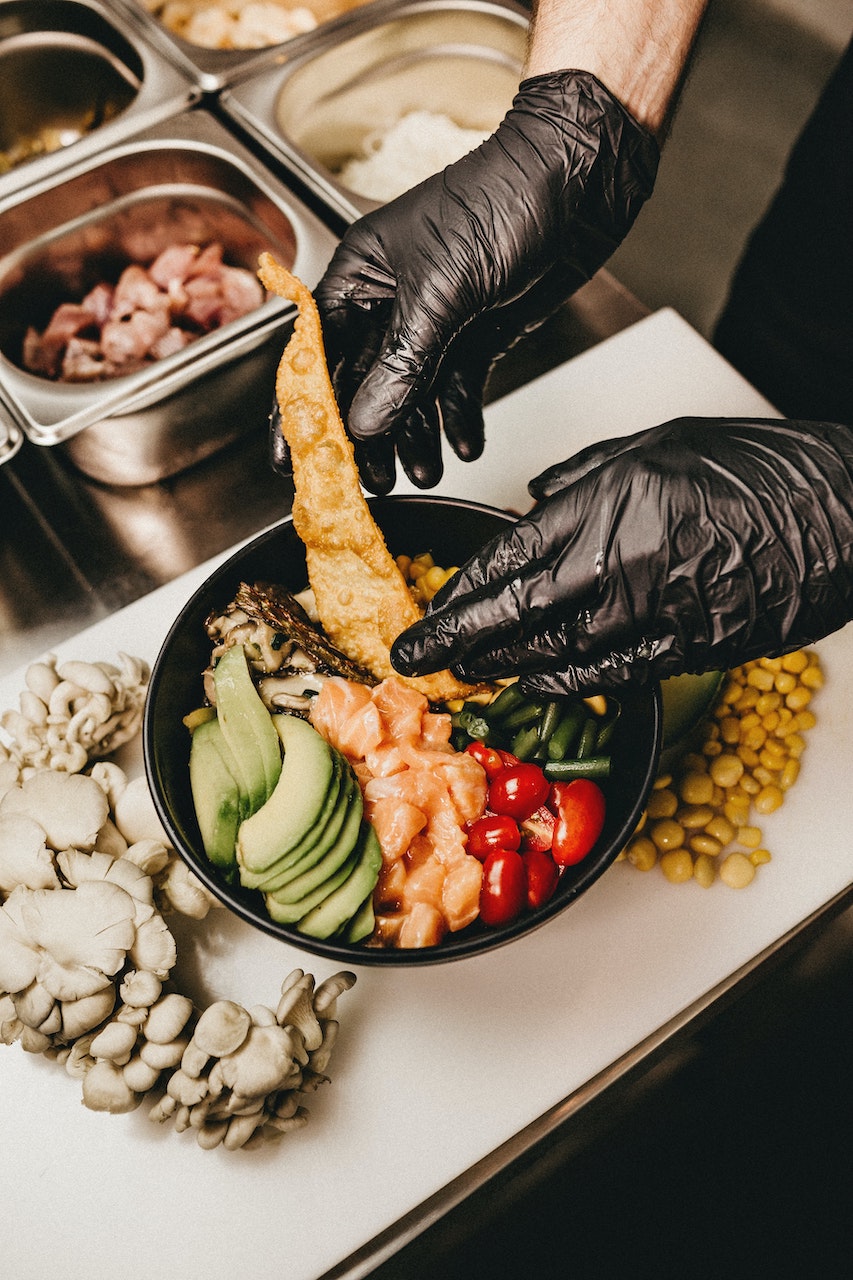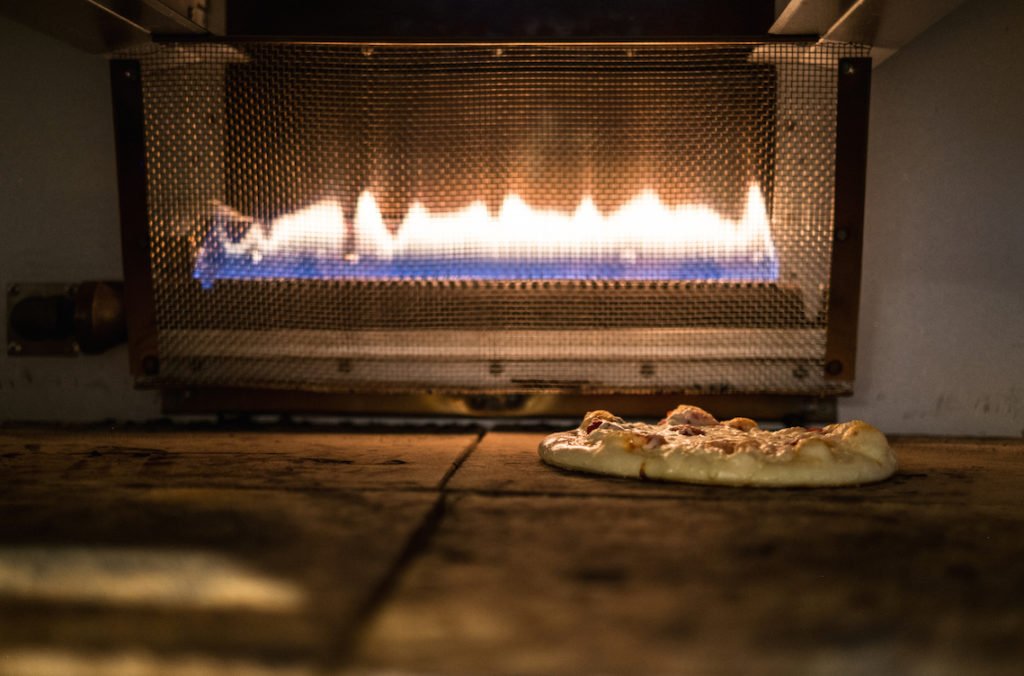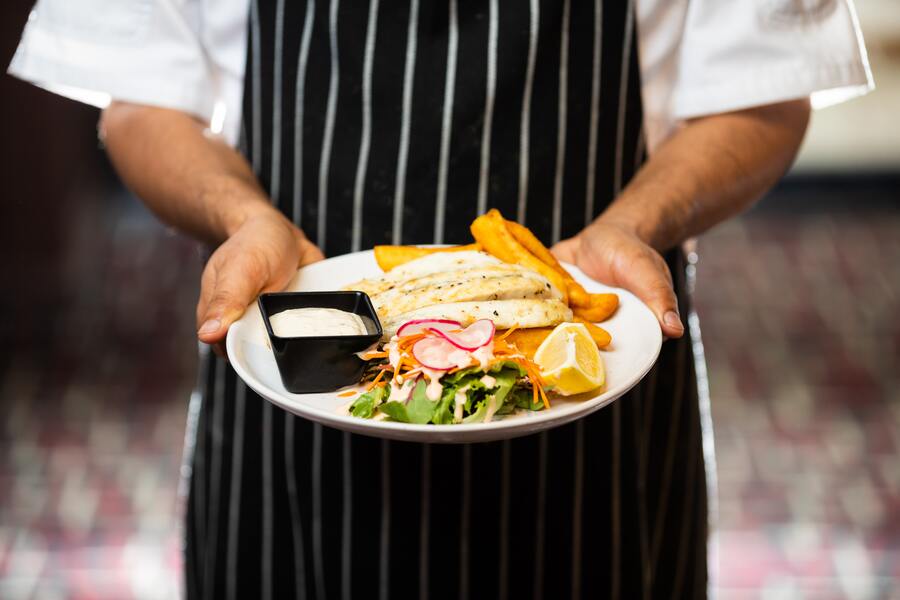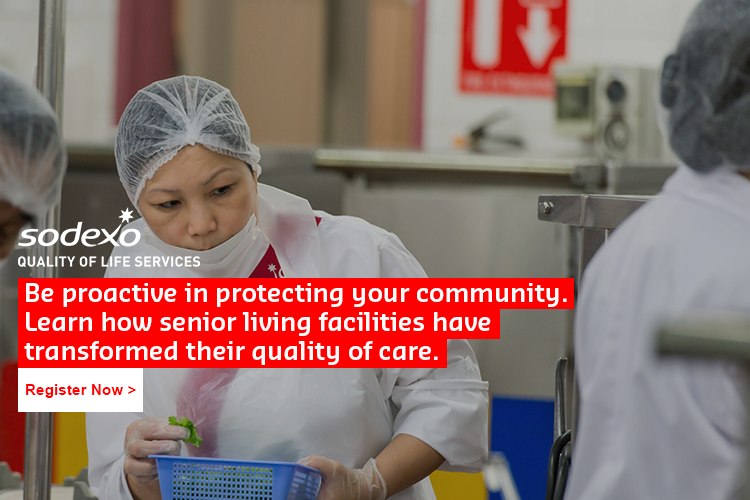By Mark Hamstra
Foodservice is the heartbeat of senior living communities and will continue to be a key factor in determining where consumers choose to spend their golden years.
Although the COVID-19 pandemic has brought business-as-usual to a screeching halt, for the time being, the importance of high-quality, diverse, and vibrant dining services in independent and assisted living facilities will always be a priority.
According to research firm Datassential, nearly eight in ten residents (79%) of senior living communities and long-term care facilities have stated that food offerings are important. In addition, 83% of operators say dining is a high point in the day for their residents.

“The world revolves around being in the kitchen,” says Harris Ader, founder and CEO of the Senior Dining Association, which seeks to advance the senior living foodservice industry through shared ideas and best practices. “When you have a party in the house, where does everyone go? The kitchen. It’s no different for retirement living.”
Ader adds that dining is a “huge factor on the check-off list” for consumers as they consider different retirement communities.
In response, senior living community operators are trying to woo residents with multiple restaurant-style dining options: from convenient grab-and-go destinations and casual bistros to more formal dining settings. They are also offering experiential dining in the form of chef demonstrations and special events centered around food.
Graphic: Move your senior living community forward. Register for Sodexo's free webinar to learn how senior living communities around the globe are combating social isolation.
To a much greater degree than hospitals and other health care facilities, senior living communities are competing with each other to attract residents, and they are leveraging their modern, sophisticated foodservice programs to differentiate themselves.
This is a trend that can be expected to continue and even intensify in the future, thanks to the aging Baby Boomer population, who bring into their retirement years a strong appreciation for the culinary craft.
“You have to understand their expectations,” says Ader.
These Boomers, he says, have spent most of their adult years under the influence of cable TV food shows, which have elevated the culinary awareness of an entire generation. Their food vocabulary has grown to include everything from kimchi and gochujang to tahini and falafel. They appreciate locally made artisan foods and understand the importance of freshness, clean ingredient labels, and sustainability—attributes that many have come to expect from the restaurants they favor.
They are also well-versed in specific dietary regimens, such as paleo and vegan, whether they were introduced by their health care providers or their own desire to manage personal nutrition intake.

One word that has faded from consumers’ food radar, however, especially when it comes to senior living communities, is “cafeteria.” The new model of senior living foodservice eschews this outmoded style of dining in favor of open kitchens in which chefs prepare dishes to order and the flames from their stovetops and brick ovens provide a backdrop.
“Anybody can serve eggs,” says Ader. “It’s how you serve those eggs. It’s about having an experience.”
A key challenge that senior living communities face lies in the delivery of such dining experiences—every meal, day after day. Not only do residents expect a consistently high standard of food quality for their own enjoyment, but because they often entertain family and friends at these dining venues, they want to be able to share the pleasure they derive from socializing around the dinner table.

These demands all add up to some formidable challenges for the operators of senior living communities. Meeting these challenges requires strong partnerships with third parties that include food suppliers and equipment manufacturers, and in many cases, food service management companies that can leverage their scale to provide a range of solutions.
Senior living communities that succeed in providing consistently high levels of foodservice execution across multiple dining venues that offer residents a variety of experiences will reap the benefits in terms of increased resident satisfaction. This success can be a powerful tool when marketing their communities to the growing ranks of older consumers who value varied dining experiences and who have more choices than ever about where and how to live their lives.
Graphic: Be proactive in protecting your community. Learn how senior living facilities have transformed their quality of life care.


